Nebbiolo is an ancient grape variety from the Langhe, becoming the progenitor of the noble Barolo and Barbaresco. The winemaking process, strict production regulations, and the role of the terroir in shaping these exceptional wines are truly fascinating details.
Nebbiolo, with its noble heritage, is the cornerstone of Piedmontese viticulture. This grape variety, the basis for some of the most renowned and appreciated wines in the world, embodies the Italian winemaking tradition.
The origins of the term “Nebbiolo” are shrouded in mystery. There are two main theories debating its etymology: the first suggests a derivation from the Latin “nobilis”, indicative of the noble and aristocratic qualities of the grape and reflecting its stature as the “King” and “Queen” of the Langhe, represented respectively by Barolo and Barbaresco; the other interpretation connects the name to the word “nebula” or fog, a reference to the veil that covers the berries during the autumn fogs of the Langhe, a typical period for the Nebbiolo harvest. This association evokes the image of the grapes and also the time of their harvest, highlighting the synergy between the grape variety and its natural habitat.
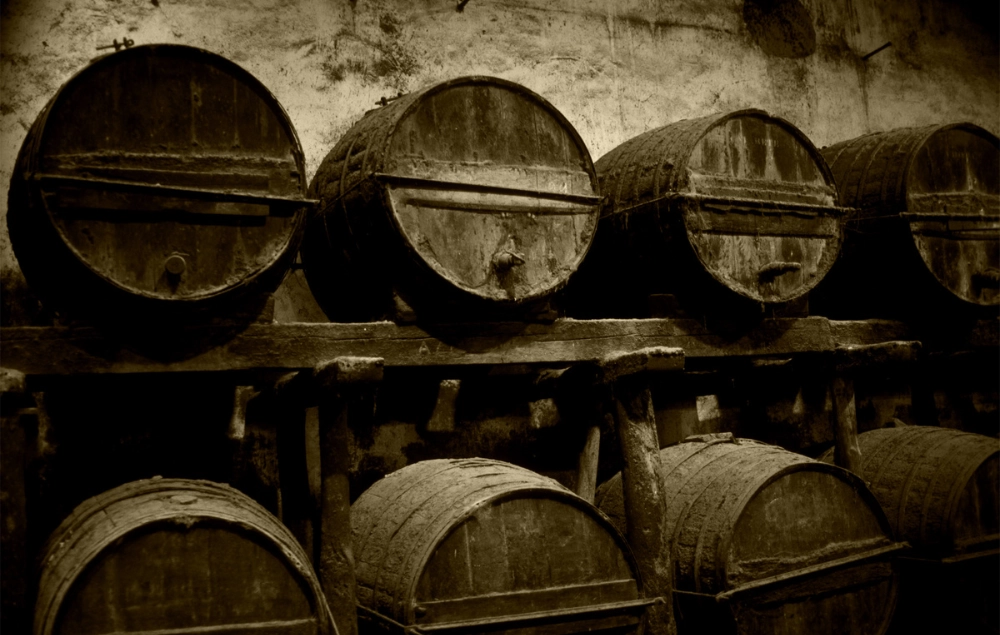
From vine cutting to productive vine
The transformation of a Nebbiolo vine cutting into a productive vine is a long and delicate process that takes 3 to 5 years. During this period, the young vines must adapt to their specific microclimate, absorbing and revealing the unique characteristics of the terroir in which they grow. This development particularly affects the quality of the wine produced and underscores the importance of careful agricultural practices.
Historical traces of Nebbiolo
Dating back to 1272, we find one of the first attestations of Nebbiolo in a document that tells of a gift made to King Edward I of England: some bunches of this precious grape variety! In the following centuries, Nebbiolo gained the admiration of historical figures such as Charles V and Thomas Jefferson, until it was immortalized in the winemaking of Barolo by Camillo Benso, Count of Cavour, giving it an absolute reputation.
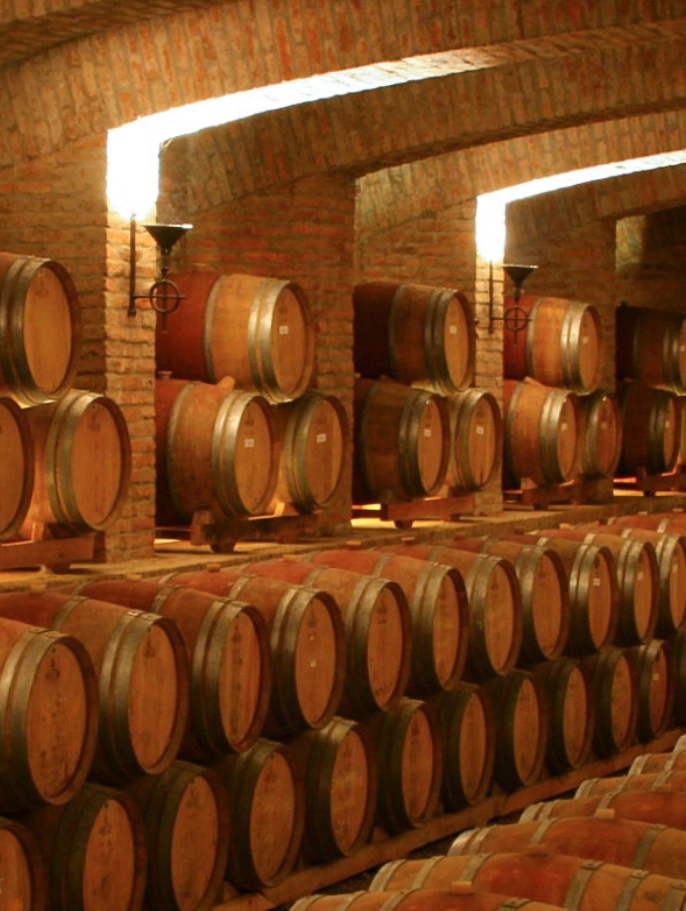
From Nebbiolo to Barolo and Barbaresco: the Regulations
The transformation of Nebbiolo into Barolo or Barbaresco follows strict production regulations that establish cultivation, winemaking, and aging methods:
Barolo: requires a minimum aging of 38 months, of which 18 must be in wooden barrels, allowing the wine to develop its complex and deep structure.
Barbaresco: less austere, requires a minimum aging of 26 months, with 9 months in wooden barrels, giving the wine elegance and finesse.
Types of barrels and aging process
The barrels used for aging are primarily made of oak, with a preference for Slavonian or French oak depending on the desired characteristics in the finished wine. These large barrels help to moderate the tannic intensity of Nebbiolo, integrating the flavors of wood and fruit in a harmonious and balanced way.
Historic wines: Italy's oldest bottles
Barolo and Barbaresco are among the Italian wines with the highest aging potential. Some of the oldest preserved bottles come from these wines and testify to their long history and timeless quality. These historic vintages are often stored in traditional local cellars and certainly represent an Italian cultural heritage.
The “Wine Museum” of Barolo
For those who wish to delve further into the history and culture of Barolo, the Wine Museum of Barolo offers an unmissable stop. Located in the castle of Barolo, in the heart of the Langhe, the museum documents the history of the Nebbiolo grape, its evolution into the famous wine, and its cultural and social impact in the region and the world. Through fascinating interactive exhibits and historical collections, one can understand how Barolo has become an Italian excellence in the global wine scene and beyond.
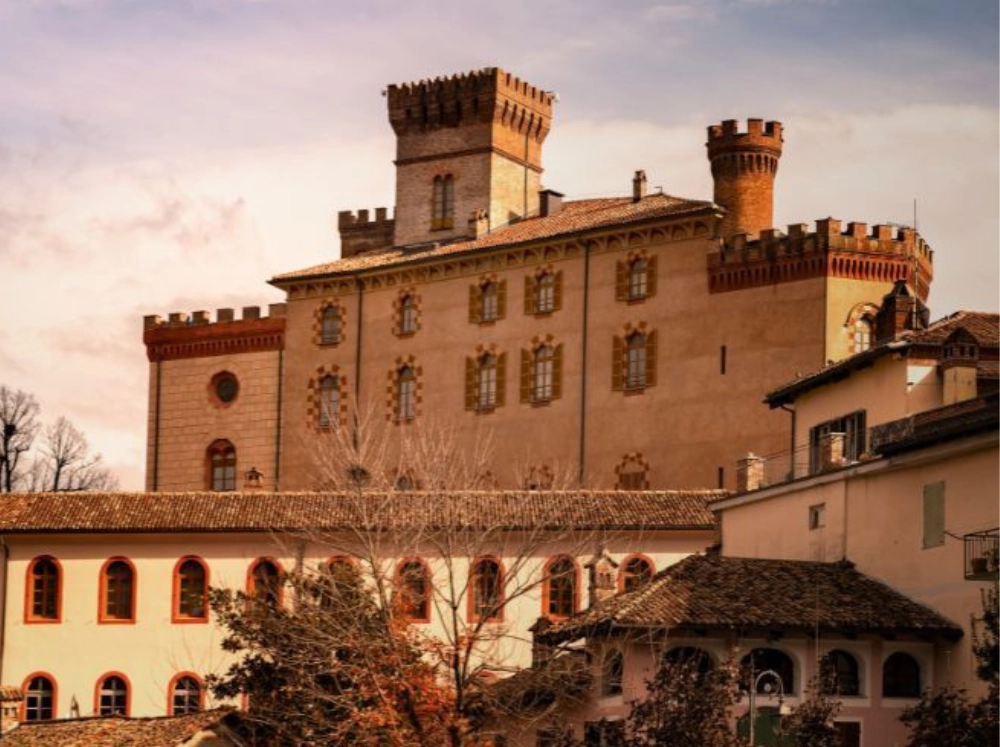
The royal charm of Barolo and Barbaresco
Kings and queens, poets and writers have exalted Nebbiolo, Barolo, and Barbaresco, elevating them to symbols of oenology through the centuries.
Historically, Barolo is known as the “wine of kings” and the “king of wines”. Its association with nobility began in the 19th century when Count of Cavour, to promote the unification of Italy, presented it to European courts. Even Victor Emmanuel II, the first king of Italy, was a known admirer of Barolo, so much so that the wine was regularly served at state occasions. And what about Queen Margherita of Savoy… she was known for her love of this wine, further consolidating its reputation among the elite.
Among poets and writers who have praised Nebbiolo in their writings and celebrated its quality in verse and prose, we can mention Giovanni Pascoli who often exalted the land and its fruits, including wine, in his compositions. Even Baudelaire, in some of his correspondence, mentioned the pleasure of drinking fine wines, such as Barolo, appreciating the “emotional strength” it could evoke (!!!).
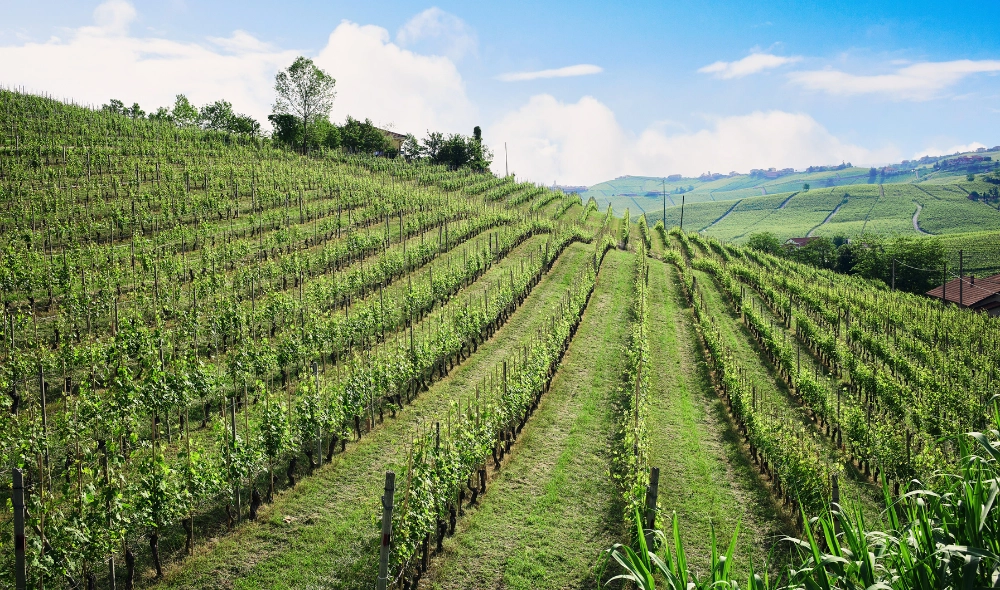
The terroir: the undisputed protagonist
The terroir of the Langhe, with its soil rich in limestone and clay, exponentially contributes to the structure and aromatic profile of Nebbiolo. The interaction between climate, soil, and altitudinal variation creates a unique environment that is impossible to replicate elsewhere, making each bottle a true expression of its environment.
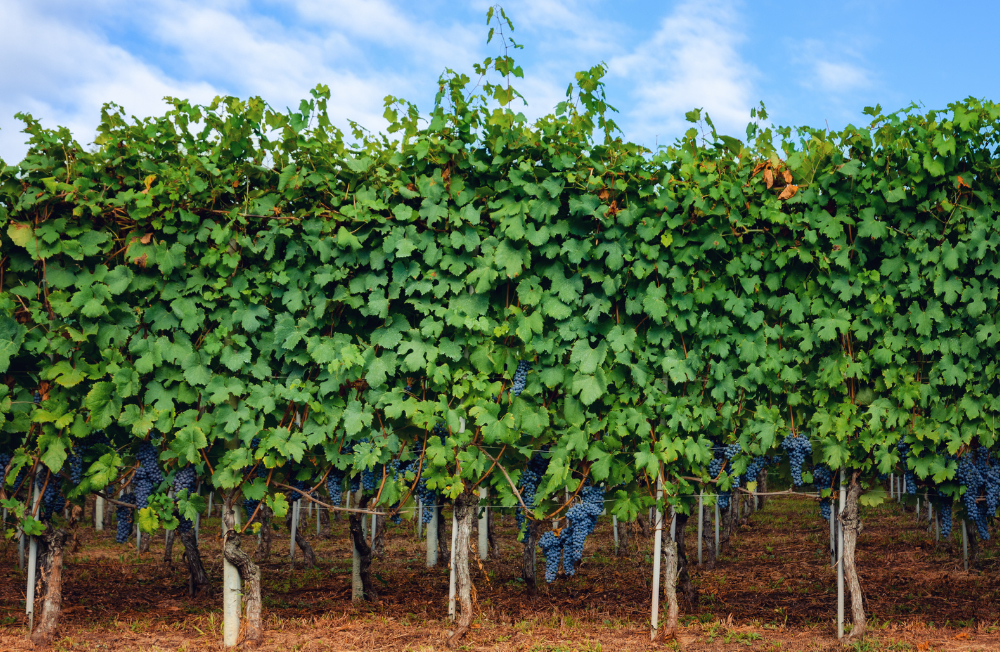
Synonyms and local variants of Nebbiolo
Depending
on the production areas, Nebbiolo takes on different names that reflect local peculiarities:
Spanna: in the Novara area, a name that evokes the elongated shape of its bunches.
Chiavennasca: in Valtellina, which means “vigorous vine”.
Prunent in Val d’Ossola, from the local term that describes the bloom on the grapes.
A small tribute to Valtellina: Nebbiolo as Chiavennasca
In Valtellina, the grape variety takes the name Chiavennasca, highlighting the strength and robustness typical of the region and its inhabitants.
In the Italian Alps, Valtellina represents a fascinating chapter in the history of Nebbiolo, here known as Chiavennasca.
Contrary to the gentle hills of the Langhe, Valtellina is a truly challenging territory, with its steep mountain slopes, its particular climate, and nutrient-poor soils, requiring what we could call “heroic” cultivation. Here, Nebbiolo expresses itself in ways that highlight the tenacity needed to thrive in such a demanding environment: wines of extraordinary aromatic intensity, mineral complexity, distinctive tannic profile, and a freshness that distinctly differentiates them from their Piedmontese cousins.
Nebbiolo and its transformation into Barolo and Barbaresco illustrate the magic of the Langhe terroir. We are not just talking about drinks but about “liquid stories”, “magical potions” of a territory that has been able to best enhance the characteristics of a unique grape variety.
Here is a list of wineries that have most “involved” us:
For Nebbiolo:
Cantina Bovio in La Morra – Langhe Nebbiolo Firagnetti;
Cantina Pianpolvere in Monforte d’Alba;
for Barolo:
Cantina Anna Maria Abbona in Dogliani – Barolo Bricco San Pietro;
Cantina Viberti in Barolo – Barolo Buon Padre;
for Barbaresco:
Cantina Silvia Rivella in Barbaresco – Montestefano
